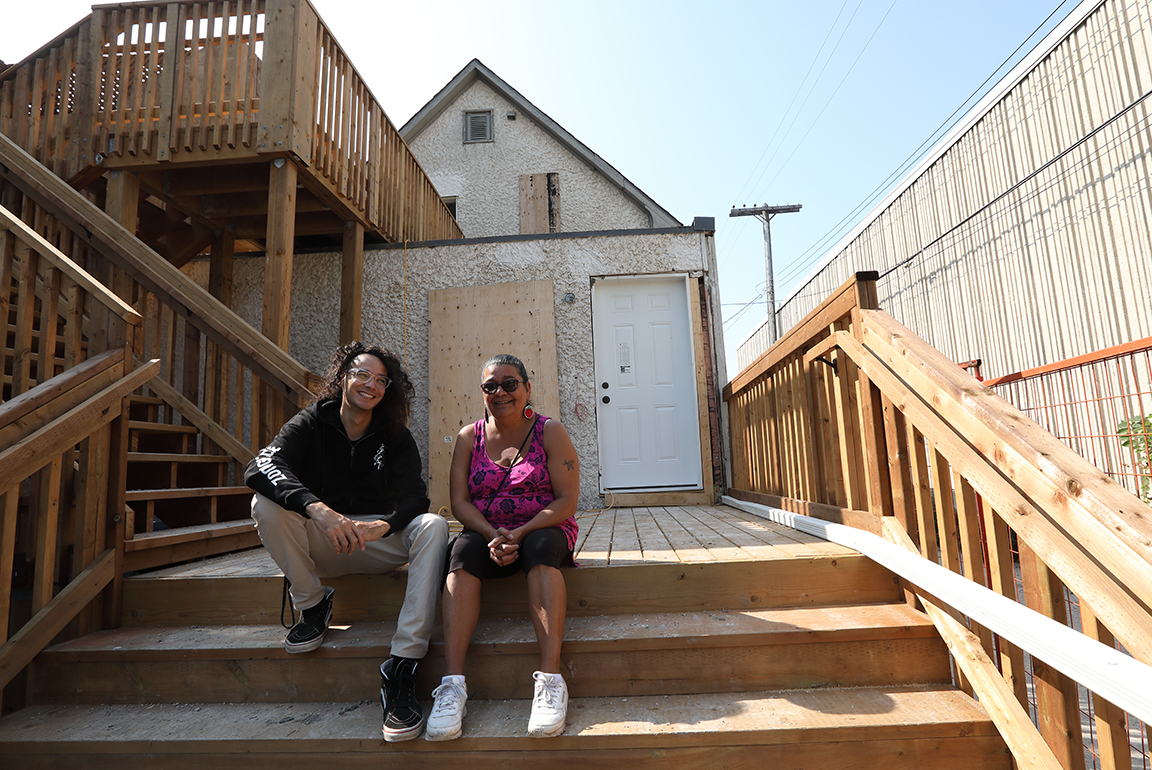Finance basics: Making your money last in retirement with RRIFs
You’re nearing the end of your career. You’ve been a diligent saver by regularly contributing to your Registered Retirement Savings Plan (RRSP). You’ve amassed a sizable investment portfolio in your RRSP. Now the only thing left is drawing it down in a tax efficient manner. That’s when a Registered Retirement Income Fund (RRIF) comes in handy.

What is a RRIF?
A RRIF is a registered account similar to the Registered Retirement Savings Plan (RRSP). However, instead of accumulating retirement savings, you’re drawing them down. By converting the money in your RRSP to a RRIF, you can draw down your retirement savings in a tax efficient manner.

You can withdraw funds from a RRIF as you need them, spreading the income tax you pay over your golden years instead of paying a big chunk of it up front. (Best of all, you won’t pay any income tax on the money that’s still inside your RRIF.)
How do I open a RRIF?
The simplest way to open a RRIF is to transfer money from your RRSP. Most major credit unions and financial institutions offer RRIFs in Canada. At ACU, you can chat with your financial advisor (book an appointment here) or call the Member Communication Centre at 1.877.958.8588 to get help converting your RRSP to a RRIF.
It’s also helpful at this stage to take into consideration the investments that your financial institution offers. For example, if you want to invest some of your RRIF money in socially responsible mutual funds, you can discuss that with your financial advisor and they’ll direct you to those investments.
Are there deadlines to consider?
Although you can open a RRIF any time, you have until December 31st in the year you turn age 71.

What can I hold in my RRIF?
Similar to an RRSP, you can hold a variety of investments in your RRIF, including mutual funds, stocks, bonds, savings account and guaranteed investment certificates (GICs).
The Government of Canada requires that you must be paid a yearly minimum starting the year after you establish a RRIF. According to the rules, “the payout period under your RRIF is for your entire life. Your carrier calculates the minimum amount based on your age at the beginning of each year. However, you can elect to have the payment based on your spouse or common-law partner’s age. You can withdraw more, but not less than the minimum.”
How do I withdraw money from my RRIF?
When withdrawing money from your RRIF, you have control over how much income tax you pay—up to a point. You are required to withdraw a minimum amount from your RRIF each year and it gets higher as you age.
Note that this can be a drawback. If your investments don’t earn a decent rate of return, you could eventually find yourself at risk of outliving your retirement savings.
When you convert your RRSP to a RRIF, bear in mind that you can’t contribute any more money to your RRIF once it’s created (although there’s nothing stopping you from creating more than one RRIF).
Another drawback is that any money withdrawn from your RRIF counts towards means-tested government benefits like Old Age Security (OAS) and Guaranteed Income Supplement (GIS). If you find yourself in a high or low tax bracket, withdrawing money from your RRIF could cause these government benefits to be clawed back.

Drawing down your retirement nest egg efficiently
For many Canadians, their RRSP represents their life savings. By planning ahead of time, you can minimize the amount of tax you’ll pay in retirement with a RRIF. That way, you can focus on the best parts of retirement like practicing your golf swing.
It’s important to understand all the options and timing of RRIF withdrawals to ensure you’re set up for financial success well into the future. When you’re ready, book a time to discuss this with your ACU financial advisor.

Retiring during a pandemic? Here’s what you need to know
Up Next
Manitoba Theatre for Young People dreams big with new campaign
A home for creativity and imagination for generations, Manitoba Theatre for Young People (MTYP) has helped thousands of children and youth across the province discover the joy of theatre since…
Zoongizi Ode creates housing solutions to help Indigenous youth aging out of care
For the past decade, Indigenous-led not-for-profit organization, Zoongizi Ode (Zoon-gai-zai O-day), has been working on smoothing the transition for Indigenous children aging out of Manitoba’s child welfare system. Along with…
How much money should I save for retirement?
‘The best is yet to come!’ If this classic saying holds true, then your retirement is certainly something to look forward to! Leisurely time with family, friends, travel and hobbies…




